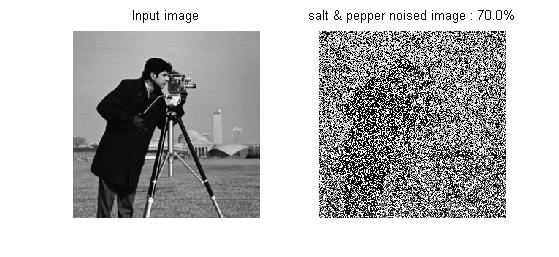Genetic Algorithm for Centroid Selection on Kmeans Image Segmentation

The K-means clustering algorithm has wide applications for data and document-mining, digital image processing and different engineering fields. In addition to that, the clustering algorithm is composed of simple algorithm steps and has fast convergence, however it is suffered by initial centroid selection while clustering an image. The initial centroid selection determines the clustering algorithm consistent results and performance. The good initial cluster-centroids lead to good clustering results, otherwise the bad initial cluster-centroids selection lead to bad results. In order to achieve K-means clustering's consistent result and performance, we propose initial cluster centroids selection by Genetic optimization algorithm. The GA (genetics algorithm) has efficient search operations (selection, crossover and mutation) for determination of global minima on selection of cluster centroid problems GA - population A set of solutions or chromosomes are called...



